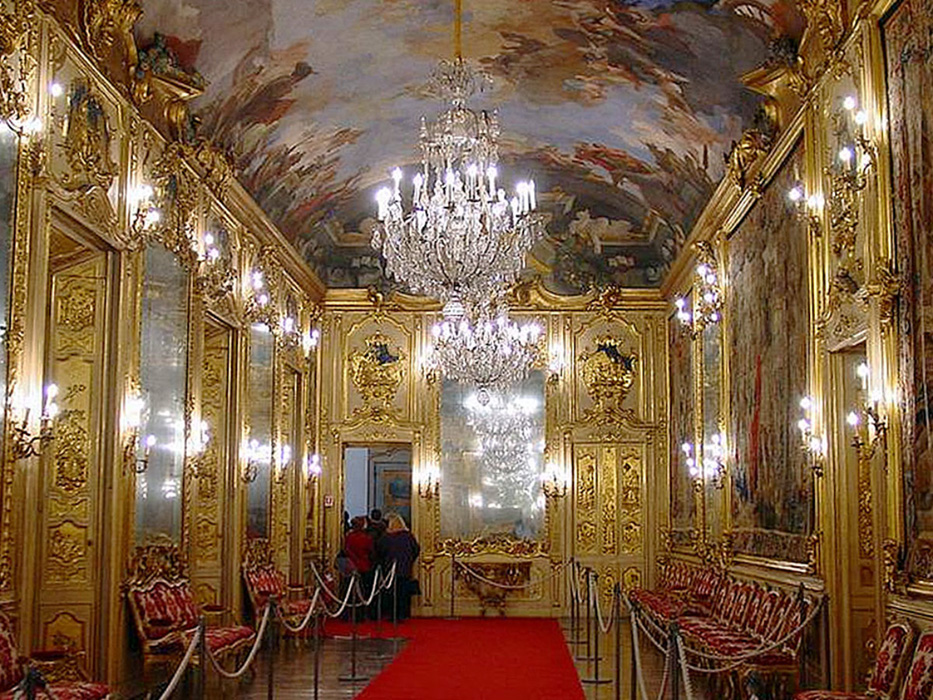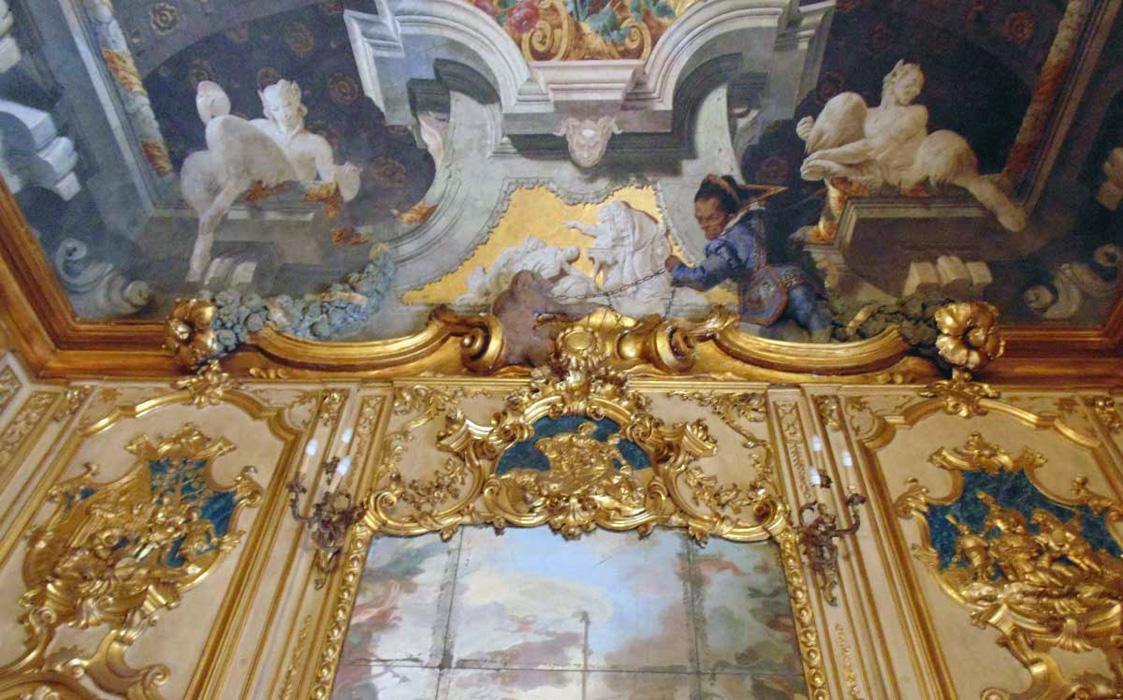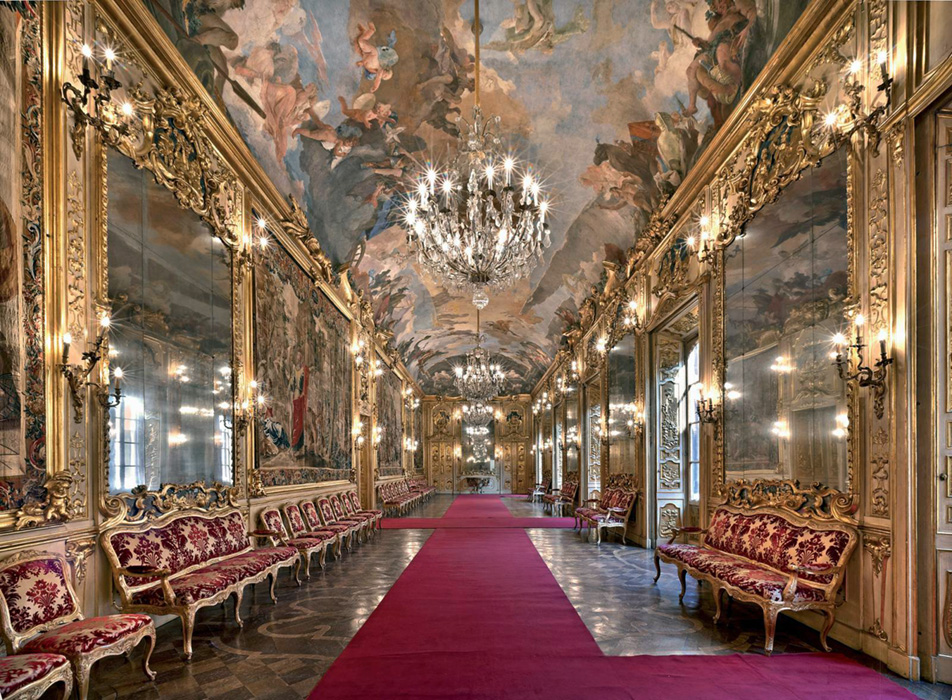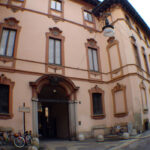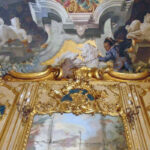Milan – Clerici Palace
Palazzo Clerici is located in the heart of old Milan, in what was called the “Contrada del prestino dei Bossi” in the seventeenth century. The Palace, which was surrounded by a small cluster of houses, belonged to one of the oldest historical families in Milan, the Visconti dei Consignori di Somma family.
In the second half of the seventeenth century, the two main bodies of the building were made independent, and the property was sold to the Clerici family, originally from Lake Como where they made their fortune in silk trade and banking activities. In 1613, the Clerici family moved to Milan and expanded their business interests while also obtaining increasingly important public positions.
In the eighteenth century, Milan experienced a period of architectural splendor as it transitioned from the Baroque to the Neoclassical period. The Austrian domination held local nobility in high regard, often appointing them to govern the internal affairs of the Duchy. The Clerici family took advantage of this and consolidated its influence. Palazzo Clerici became a tangible sign of prestige and one of the most luxurious and sumptuous eighteenth-century residences in Milan.
The most significant transformations of the palace were due to the initiative of Giorgio Antonio Clerici, the most illustrious member of the family. In 1741, he commissioned Giovanni Battista Tiepolo to decorate the ceiling of the Palace’s representation gallery, the so-called Tiepolo Gallery. Giorgio Clerici’s model for the family home was designed to exhibit a ceremonial very similar to that of a princely court, entirely suitable for the role that the family had acquired within the imperial administrative apparatus.
Palazzo Clerici was meant to differ significantly from the Milanese aristocracy’s residences in several ways, including greater internal complexity, higher functional specialization, and the unique proliferation of galleries intended for public receptions and the display of art objects. However, in 1768, at the time of the marchese’s death, the family’s wealth was practically dissipated. The Palace, along with all its furnishings, passed to Francesco Clerici, a member of the secondary branch of the family who rented it to Archduke Ferdinand of Austria and his wife Beatrice d’Este, representatives of the Empress of Vienna in the Duchy of Milan. The noble guests stayed there until they moved to Palazzo Reale.
During Archduke Ferdinand of Austria’s stay, the Palace underwent a new internal distribution, to which some of the most sumptuous and richly decorated rooms of the Palace are still connected, such as the Boudoir and the bedroom of Maria Teresa.
This new distribution and destination of the rooms was dictated by the need to adapt the Palace’s environments to the various needs of a sovereign and the court that followed him compared to those of an aristocrat like the Clerici family. After the court’s transfer to Palazzo Reale in 1778, Francesco Clerici was forced to rent out the Palace, which was then divided into several apartments, resulting in the inevitable alteration of its distribution structure.
In 1813, the Palace was sold to the Napoleonic government of the Kingdom of Italy, became the seat of the Court of Appeals in 1862, and then passed to ISPI in 1942. It is possible to periodically visit Palazzo Clerici, particularly the Gallery frescoed in 1741 by Giambattista Tiepolo, which also houses Flemish tapestries by Jan Leyniers II and the wood paneling by Giuseppe Cavanna.

